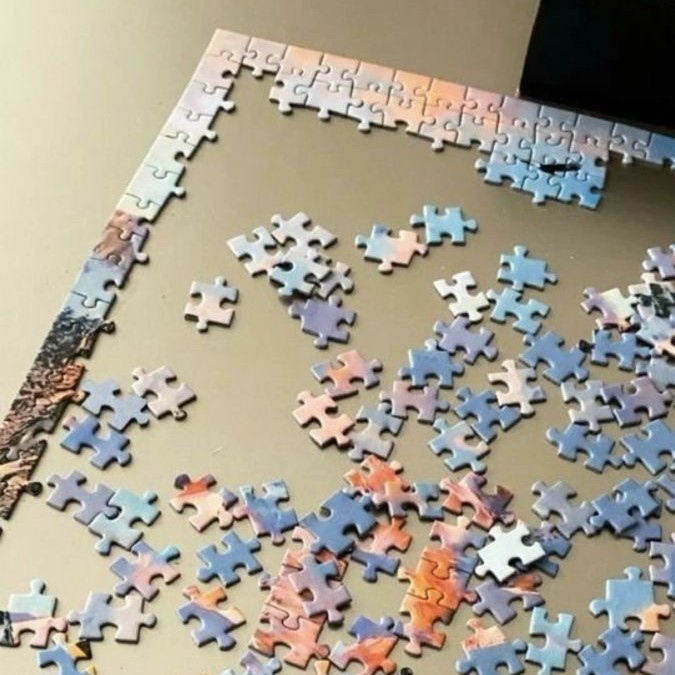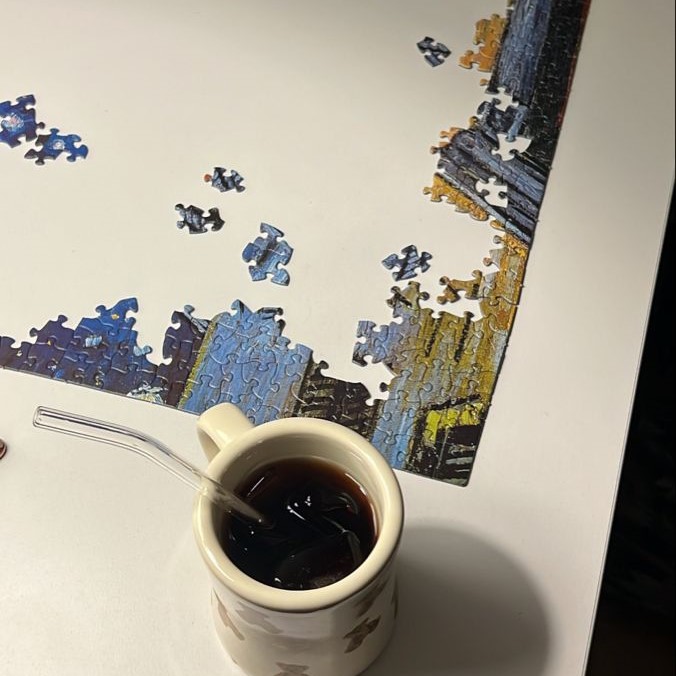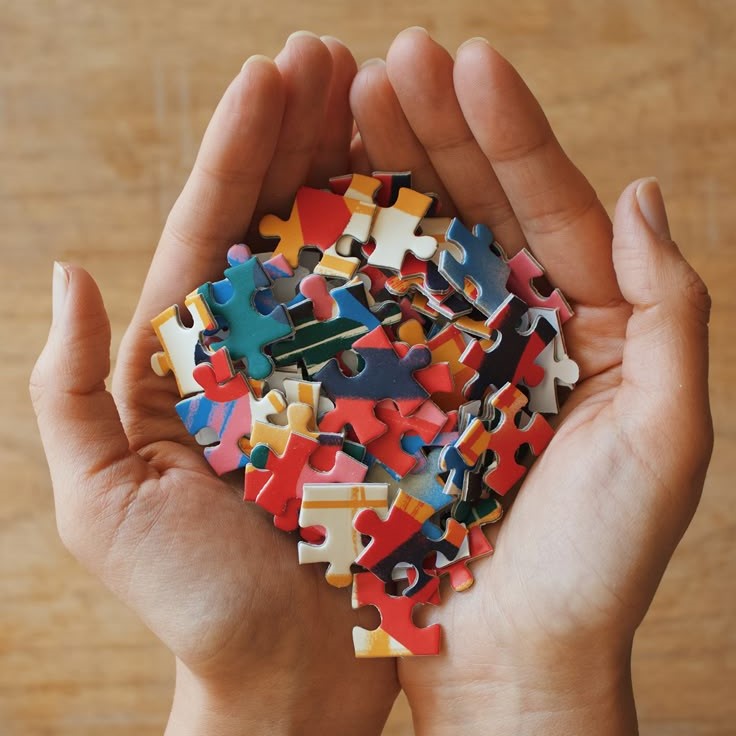A Brief History of Puzzles
The history of puzzles goes back thousands of years. Early humans used puzzles as a form of entertainment and mental challenge. Simple puzzles existed in ancient civilizations across Egypt, Greece, and Asia. These puzzles often took the form of riddles and brain teasers, etched into stones or recited in stories.
The curiosity to solve problems is deep-rooted in human nature, making puzzles incredibly popular throughout history. In the 18th century, puzzles evolved significantly with the creation of jigsaw puzzles. This innovation marked a turning point for puzzles, leading to widespread interest and new forms.
Essentially, puzzles have served many purposes — from entertainment to educational tools, and even as a means to display art. The rich history of who invented puzzles is tied closely to cultural and technological advancements. Their evolution reflects our desire for challenge and engagement.

While the precise origins can be debated, it is clear that puzzles have always been a cornerstone of human leisure and learning. They continue to captivate minds of all ages, transcending the barriers of time and culture.
The First Puzzles in Human History
The ancestral seeds of puzzles are ancient and widespread. The first puzzles that humans encountered were likely natural. These were challenges posed by the environment, such as navigating through complex cave systems or deducing safe paths in treacherous terrain. However, as civilizations emerged, so did the first man-made puzzles. These took the form of intricate mazes in Egyptian tombs, which both protected the dead and posed cryptic challenges to potential tomb raiders.
In Greece, the legend of the Gordian knot, an exceedingly complex knot tied by Gordius, the king of Phrygia, was an early form of puzzle. It was famously undone by Alexander the Great, not by unraveling but by slicing through with his sword—showing that sometimes thinking outside the box is the key to solving puzzles.
Chinese civilization contributed to early puzzle history with the invention of Tangrams during the Song Dynasty. These dissection puzzles involved forming specific shapes using seven flat pieces. Mental acuity and creativity were just as necessary then for puzzle-solving as they are today.
These primitive puzzles served more than just entertainment. They were essential in developing critical thinking, problem-solving skills, and even symbolized philosophical and religious beliefs. It is difficult to attribute who invented puzzles in this era, as they seemingly sprouted from the essence of human creativity and the natural world around us.
John Spilsbury and the Invention of Jigsaw Puzzles
While the roots of puzzles are ancient, the story of who invented puzzles takes a concrete turn with John Spilsbury. In the mid-18th century, a cartographer and engraver named John Spilsbury is credited with inventing the jigsaw puzzle. His original purpose was educational rather than recreational. Spilsbury mounted a map of the world onto wood and cut out each country along its borders. By doing this, he created a teaching tool to help children learn geography.
Spilsbury’s idea quickly gained popularity. It was not long before these ‘dissected maps’ spread through Europe. Teachers and parents alike saw the value in this engaging teaching method. Jigsaw puzzles have since evolved. They now come in various themes and complexity levels, catering to all ages. But the core concept remains the same – piecing together separate parts to form a complete picture.
The link to Spilsbury highlights an important evolution in puzzle history. It underscores the shift from abstract forms of puzzles, such as riddles, to tangible, hands-on problems. This innovation paved the way for puzzles to become a staple in entertainment and education. Indeed, the jigsaw puzzle represents a pivotal moment when who invented puzzles merges with how we use them to learn and grow.

Puzzles as Tools for Education and Learning
Puzzles have demonstrated significant potential as educational tools in various learning contexts. Their influence can be traced back to John Spilsbury, who recognized their value in teaching. Below, we explore the role of puzzles in education and the benefits they provide in the learning process.
The Origins of Educational Puzzles
- The journey of educational puzzles began with John Spilsbury, who created the first jigsaw puzzle in the 1760s.
- Spilsbury carved maps into wooden blocks, transforming his creations into engaging tools for learning geography.
- This innovation marked a pivotal moment in educational history, setting the stage for puzzles to become recognized as effective aids in the learning process.
- Following Spilsbury’s lead, many others began experimenting with puzzles in different educational settings, emphasizing their potential for enhancing learning.
Enhancing Critical Thinking and Memory
- Teachers soon recognized the benefits of incorporating puzzles into their lesson plans.
- By engaging students with puzzles, educators were able to encourage critical thinking and improve memory retention among learners.
- Puzzles require children to analyze information, solve problems, and think logically, all of which contribute to cognitive development.
- Hands-on interaction with puzzle pieces offers a unique opportunity for active participation in learning, making complex subjects feel more approachable.
Making Learning Engaging
- Children often find joy in working with puzzles, which makes the educational experience more enjoyable.
- This interactive approach keeps students engaged, as they are actively participating in their learning rather than passively absorbing information.
- The satisfaction of fitting the correct pieces together reinforces achievement, fostering a positive attitude toward learning.
- Such active learning opportunities help to bridge the gap between exploration and knowledge, effectively connecting the dots for learners of all ages.
Development of Essential Skills
- Puzzles play an important role in skill development, particularly for young children.
- Identifying colors, shapes, and patterns are foundational skills that can be nurtured through simple puzzle activities.
- These skills are essential for early cognitive development and are typically taught in a fun and relaxed environment.
- As children grow older, the complexity of puzzles changes to match their developing skill sets. Puzzles may include advanced concepts in areas like math, science, and logic, encouraging progressive learning.
Adaptability of Puzzles in Education
- One of the greatest attributes of puzzles is their adaptability to various educational contexts.
- Jigsaw puzzles, crosswords, and number games can be tailored to suit a multitude of subjects, reinforcing the learning material.
- Their versatility makes them suitable for different educational settings, from classrooms to homeschooling environments.
- Puzzles cater to a wide range of learning styles, making them an effective tool for both instruction and self-led discovery. For example, visual learners may benefit more from image-based puzzles, while logical learners thrive on logic and number challenges.
Endless Possibilities for Educators
- In summary, puzzles offer a wealth of possibilities for educators looking to enhance the learning experience.
- They provide a playful yet effective means of sparking curiosity and building essential skills in students.
- While the origins of puzzles trace back to the inventive spirit of John Spilsbury, their true value lies in the way they inspire creativity and joy in the learning process.
- The timeless appeal of puzzles continues to shape educational methodologies today, proving that they are not just tools for entertainment but invaluable resources for fostering learning and development.
Ultimately, puzzles have shown that they can transcend their simple design to provide complex educational benefits. They stimulate critical thinking, enhance memory retention, and create an engaging environment that promotes active participation. As educators and parents recognize the power of puzzles, they can harness this tool to enrich the learning experiences of students, ensuring that education remains both effective and enjoyable.
Evolution of Puzzles in the 19th and 20th Centuries
The story of who invented puzzles takes us next into the 19th and 20th centuries. During this period, puzzles saw significant advancements and diversity. Gone were the days when puzzles were solely wooden maps for learning geography. The 19th century introduced puzzles for sheer enjoyment and intellectual stimulation.
Mass production during the Industrial Revolution made puzzles more accessible. Jigsaw puzzles, once cut by hand, could now be produced in larger quantities. Cardboard replaced wood, making them cheaper and easier to manufacture. With these advances, puzzles reached into homes around the world, becoming a common leisure activity.
The 20th century brought further innovation. New materials like plastic and advances in printing technology allowed for more vibrant and intricate puzzles. Themes expanded from landscapes and portraits to include famous artworks, pop culture, and beyond.
Puzzle creators also explored complexity, introducing 3D puzzles and complex mechanical puzzles. These required not just thought and patience but also dexterity and spatial understanding.

Puzzles also served as marketing tools. Companies created promotional puzzles with their products and logos. This not only offered a fun challenge but also increased brand awareness.
Moreover, puzzles evolved to become social activities. Puzzle clubs and competitions started to emerge, fostering community and shared interests. Solving puzzles became a way to connect with others and share the joy of a completed challenge.
As the 20th century progressed, puzzles remained a staple of entertainment. As they evolved, puzzles kept their essence of challenge and innovation. They have been a mirror to cultural and technological changes over the centuries. They reflect the ingenuity of who invented puzzles and continue to inspire people worldwide.
Puzzles in the Digital Age
The digital era has transformed how we interact with puzzles. The question of who invented puzzles becomes less important as technology opens new frontiers. Video games, virtual reality, and mobile apps now bring puzzles to our fingertips with ease.
As computers became household items, classic puzzles were digitized. This made them more accessible and allowed for infinite variations. Crossword and jigsaw apps became popular, offering a convenient way to enjoy puzzles on-the-go.
Moreover, the internet era enabled the creation of massive, collaborative puzzles like alternate reality games (ARGs). These complex games involve solving puzzles to progress through a story, often blending the digital with the real world.
Another digital advancement is the advent of puzzle-based learning platforms. These online resources use puzzles for educational purposes, much like Spilsbury’s maps did. They provide interactive ways to learn various subjects, supporting different learning styles.
The digital age also brings a new dimension to puzzles—community. Online puzzle enthusiasts share tips, compete, and celebrate each other’s victories. Social media, forums, and online leaderboards have created a global community of puzzle solvers.
In summary, the digital age has markedly expanded the reach and nature of puzzles. While remembering who invented puzzles, we now embrace the multitude of ways they continue to challenge and entertain us in the digital world.
Cultural Impact of Puzzles Around the World
Puzzles reach far beyond simple entertainment. They have a deep cultural impact worldwide. Across different societies, puzzles have become symbols of tradition, intelligence, and community.
From the intricate mandala designs in Indian traditions to the riddle contests during Chinese festivals, puzzles represent a rich cultural heritage. They often hold special meaning and are used in ceremonies and education. Puzzles connect people to history and values. They teach patience, logical thinking, and perseverance.
In the West, puzzles like crosswords are staples in daily newspapers. They challenge the mind and offer a shared experience for readers. For many, solving the daily crossword is a beloved ritual. It brings a sense of accomplishment and mental sharpness.
In Africa, the game of Mancala teaches math skills and strategy. It has done so for centuries. Played with seeds and rows of pits, it is more than just a game; it’s a learning tool passed down through generations.
Puzzle competitions showcase the shared human passion for problem-solving. Whether at the Rubik’s Cube World Championships or local puzzle hunts, people gather to test their skills. These events foster global connections and cultural exchange.
Sudoku puzzles, hailing from Japan, have gained global popularity. They require no language and are purely logical. This makes them accessible to anyone, promoting cross-cultural understanding.
To summarize, the world of puzzles is vast and varied. They are mirrors of cultures, reflecting the diversity and similarities of human thought. They bring people together, transcending borders and generations. The cultural impact of puzzles is as enduring as the quest for who invented puzzles.
Final Thoughts on Puzzle Invention
In conclusion, exploring who invented puzzles reveals a tapestry of contributions spanning millennia. From ancient riddles to cutting-edge VR experiences, puzzles reflect humanity’s enduring quest for knowledge and amusement. Whether solving a crossword or manipulating a Rubik’s Cube, each activity stimulates our minds and brings joy. Looking ahead, emerging technologies promise even greater opportunities for creativity and discovery. By honoring past achievements while embracing innovation, we ensure puzzles continue inspiring people everywhere.






